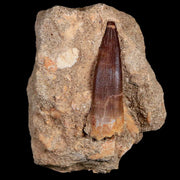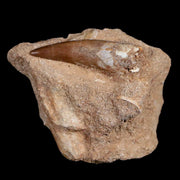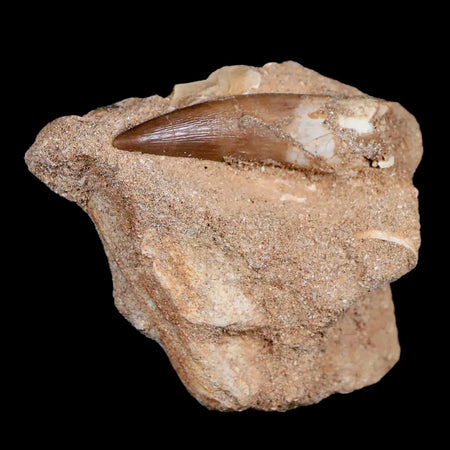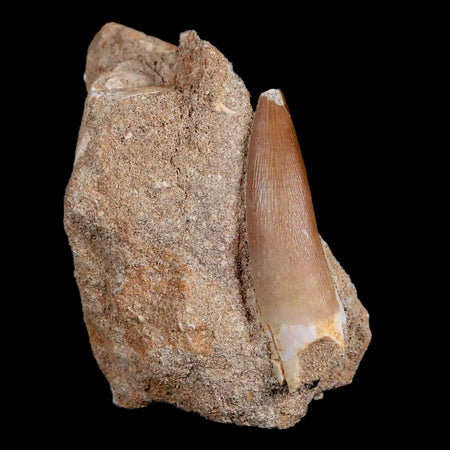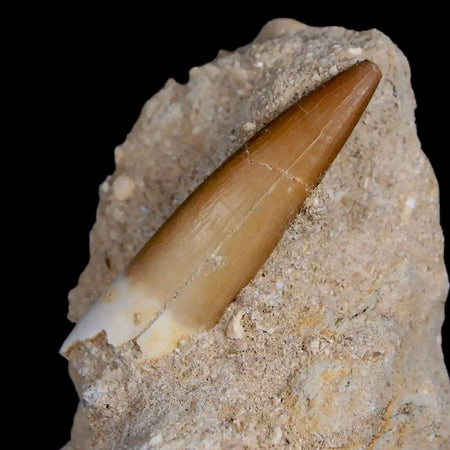0.7" Parasaurolophus Fossil Tooth Judith River Cretaceous Dinosaur MT COA Display
Location: Judith River Formation, Eastern Montana (Private Land Origin)
Weight: 0.2 Ounces
Dimensions: 0.7 Inches Long, 0.3 Inches Wide, 0.2 Inches Thick
Comes with a Free Display.
Comes with a Certificate of Authenticity.
The item pictured is the one you will receive.
This is a genuine fossil.
Name: Parasaurolophus (Near lizard crest).
Named By: William Parks - 1922.
Diet: Herbivore.
Size: About 9.5 meters long for larger individuals.
Time period: Campanian of the Cretaceous.
Out of all the hadrosaurs (also known as the duck-billed dinosaurs), Parasaurolophus is one of the most widely recognized thanks to its very distinctive skull crest. The name Parasaurolophus is a bit of a mouthful, but this is based on the early interpretation that Parasaurolophus was similar to another genus names Saurolophus (which means ‘lizard crest) because Saurolophus also has a skull crest, though not as large or as ornate as Parasaurolophus. However, under modern systematics, Parasaurolophus is classed as a lambeosaurine hadrosaurid because of the hollow crest, whereas Saurolophus is the type genus of the Saurolophinae (previously Hadrosaurinae) a sister group of hadrosaurids noted for having solid to no crests at all.
This means that Parasaurolophus and Saurolophus are in fact distantly related, but both are still called hadrosaurids because they both belong within the Hadrosauridae. Instead, Parasaurolophus is more closely related to other lambeosaurines such as Hypacrosaurus, Corythosaurus, and of course the type genus of the group, Lambeosaurus. Out of all lambeosaurines, however, it is the Asian genus Charonosaurus that is thought to be one of the closest relatives of Parasaurolophus due to the strikingly similar head crest.














